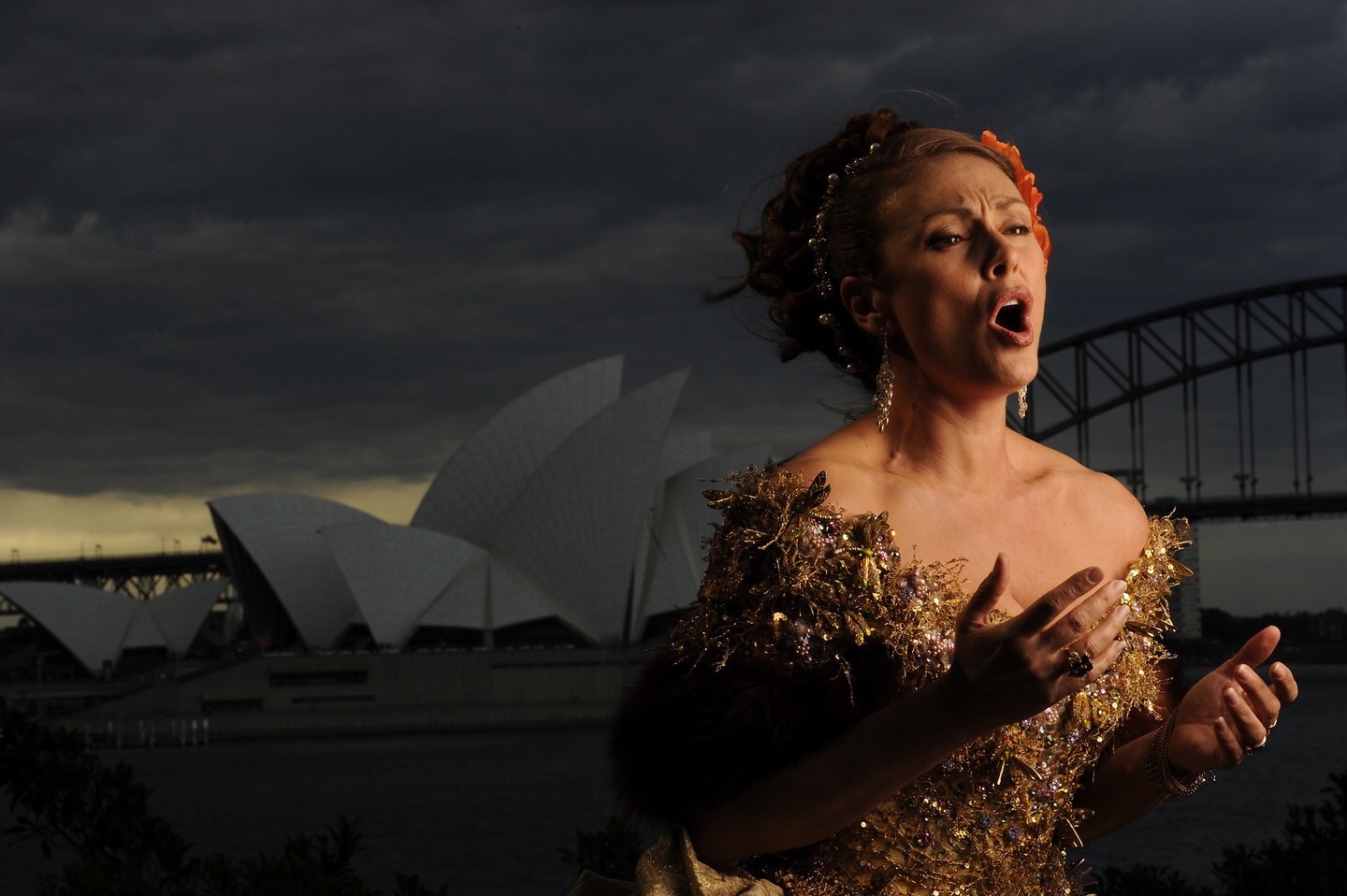Flashing myself (pun intended) in the Nambung National Park at dusk in Western Australia.
Australia is too big of a country/continent to be limited to one blog post.
As I mentioned last week, Bill Frakes and I spent 3 weeks down under working on an advertising campaign for the then soon-to-be-released Nikon D3s.
Three weeks seems like a long time, but when you consider the size and breadth of Australia it wasn't very long at all.
We raced from shoot to shoot. From Tasmania we went to Melbourne.
Sam, an Australian swimmer we met in a very cold pool on a very cold morning.
We spent a cold morning in a cold pool with an Olympic swimmer, an afternoon with a basketball player and a sunrise floating above the Yarra Valley in hot air balloons.
Testing the SB-900s for the basketball shot with Mr. Blue, one of our Japanese art directors.
A picture Bill took of the hot air balloon I was in with Gen, Mr. Blue and an Australian balloon pilot.
To complete our task - 52 camera functions in 20 days - we had to make multiple images a day. There was no rest, but I was 23 and in Australia. I couldn't have been more excited.
After Melbourne we spent another couple nights in Sydney - one with a boxer and one with an opera singer - and then took off for Western Australia.
Sydney opera singer in front of the Sydney Opera House.
Before we left Sydney we asked some locals how long the flight was and what the time difference would be. No one seemed to know. Answers ranged from 2 to 4 hours - for the flight and the time change (it's a two hour time change and a 5 hour flight, for the record). It seemed so odd to me that no one knew how far away a city in their country was. It made where we were going seem incredibly far away.
In fairness, where we were going was incredibly far away. We flew into Perth - one of Australia's major cities - but got in a rental car and drove another four hours north through the Swan Valley wine country to Cervantes, Western Australia.
Cervantes isn't much. From what I could tell it had a Best Western Motel, and restaurant (inside the Best Western Motel which was surprisingly good) and a gas station. We were set to be in Cervantes for three nights, one of our longest stays of the three week trip.
Our reason for being in the town had little to do with the town itself, it had to do with its proximity to the Nambung National Park. Inside the national park are the Pinnacles, a series of cone-like limestone formations in the desert. There's no consensus as to how the Pinnacles came to be, but everyone agrees they are amazing to see.
We got in just before sunset and quickly checked in to our motel (the only motel) before heading into the desert to scout. We had three dancers from the Perth Ballet meeting us there the next day and wanted to see where the best spots to have them dance would be.
I remember driving into the park as the sun began to sink behind the Indian Ocean. The Pinnacles aren't visible at first. For the first 10 minutes in the park all you see is low brush and dust. Then - just as when you drive into the mountains - formations slowly begin to appear above the horizon.
The sight is otherworldly. You feel as if you've been suddenly transported to Mars.
The dancers arrived the next day. I don't remember their names but I remember how lovely they each were to work with. It was shockingly cold in the desert and they danced barefoot in dresses and tutus across the rocky terrain. They were excited to be there and never once complained, though I know they must have been cold. I was cold and I had on jeans, boots and a jacket.
Standing in as a human light stand on a sand dune with the Pinnacles in the background.
On our first night in the park with the dancers, we worked past sun down.
Dancers in the desert.
Sunsets in the desert seem to last longer. I don't know why. I just know that light seemed to hang on the horizon longer than it does in a city, on a beach or above a mountain range.
After the sun set we took advantage of the dusk ombré. We had a generator, a dedo light and hundreds of Pinnacles silhouetted on the horizon. We put the dancers three across - each on a pinnacle - and when the light hit them they "came alive," moving their arms and legs fluidly in the warm light for a video clip.
A still frame of the dancers at dusk, light from a dedo sstreamingg past them.
Bill sat about 50 feet away from us with a 70-200mm f/2.8 and D3s on a Manfrotto tripod. I stood parallel to the dancers with the light. In between takes the dancers would all run to me to absorb some warmth from the generator and light as Bill tried to yell instructions to us. After one take we couldn't hear what he was saying and he was clearly tired of yelling, so - much to the dancers' chagrin - I turned the generator off. When I looked up I saw two massive forms behind him that weren't there before.
The sight caught me off guard, sending a quick shock of fear down my spine. Then, I realized that our commotion had attracted two curious kangaroos. I told Bill to be quiet and turn around. The five of us watched as the kangaroos checked us out for a few moments before hopping off into the dusk. I felt as though we were witnessing time begin.
It was the first time I saw a kangaroo in the wild - I soon discovered they were all over the national park - and a moment I will never forget
Check back next week for the third and final Australia installment.








